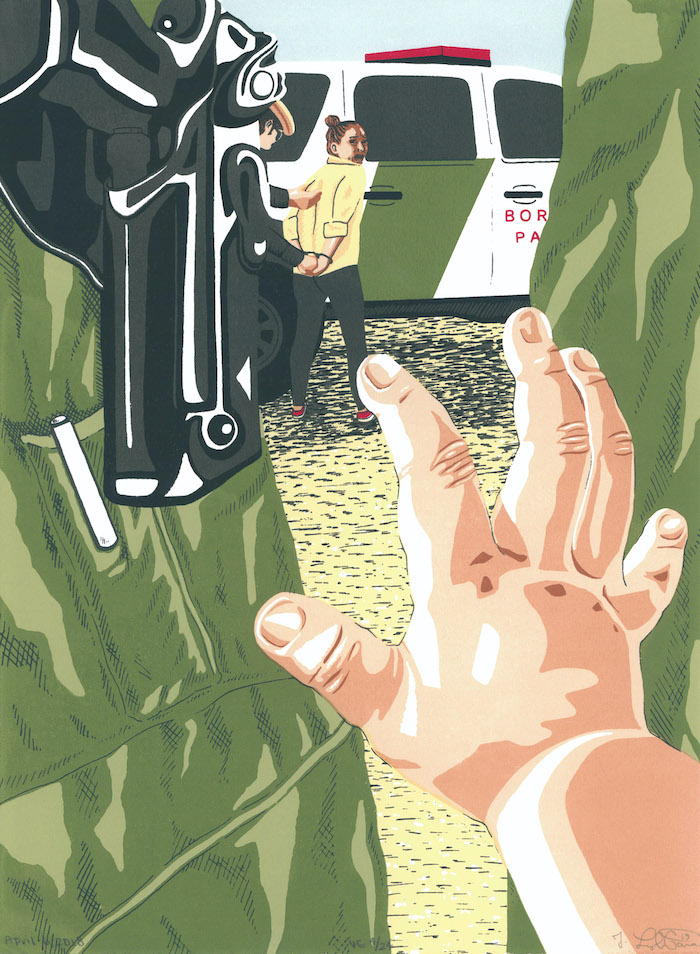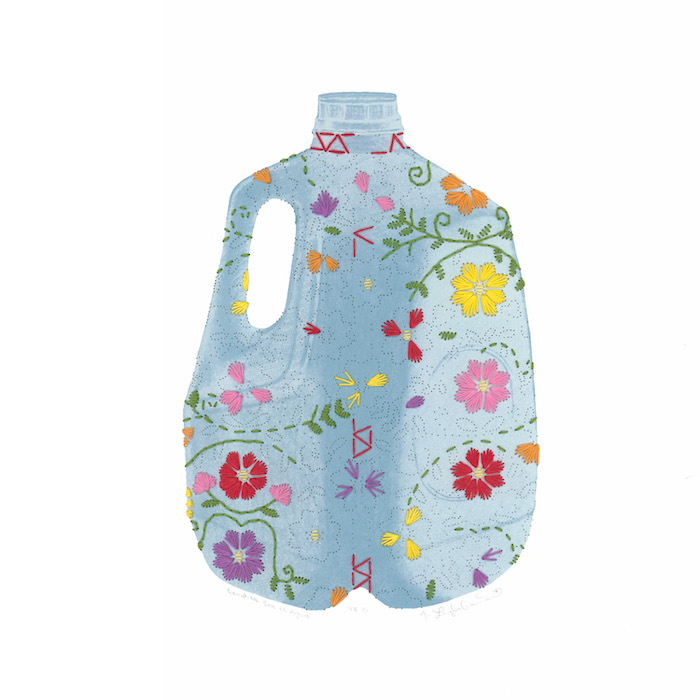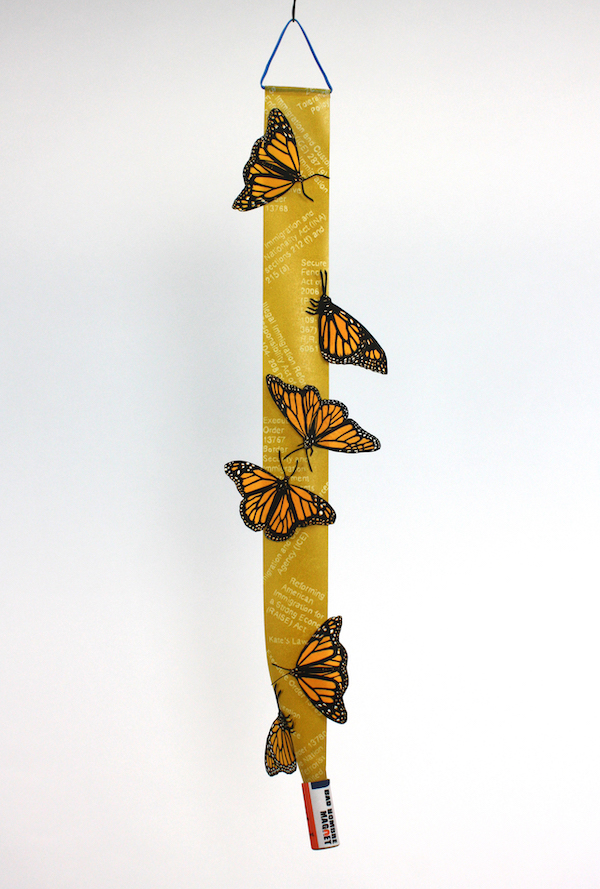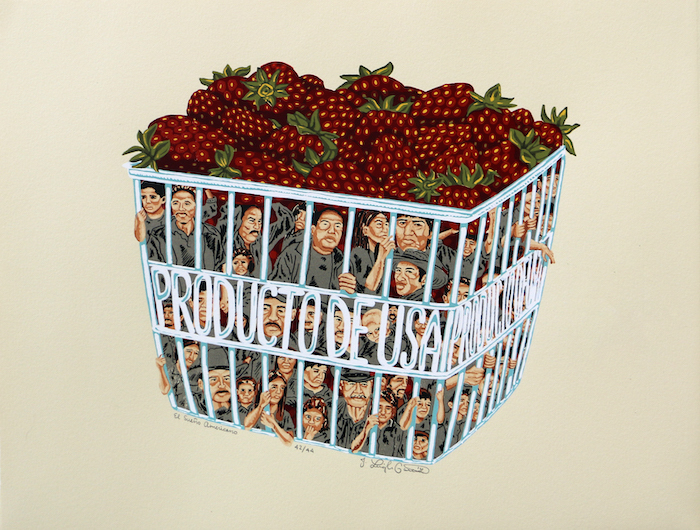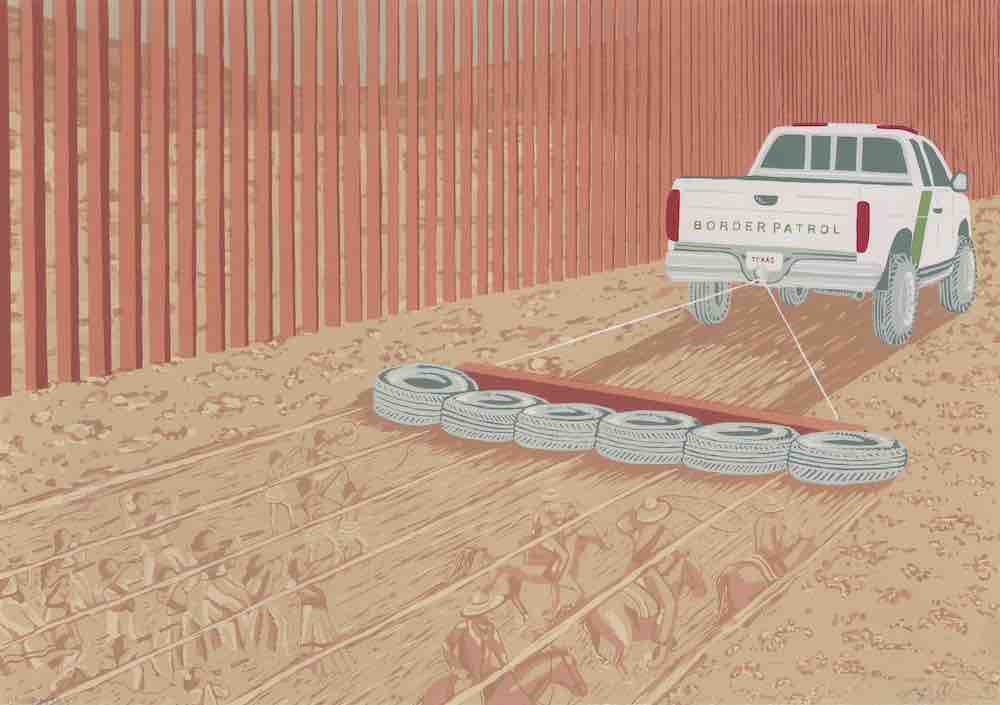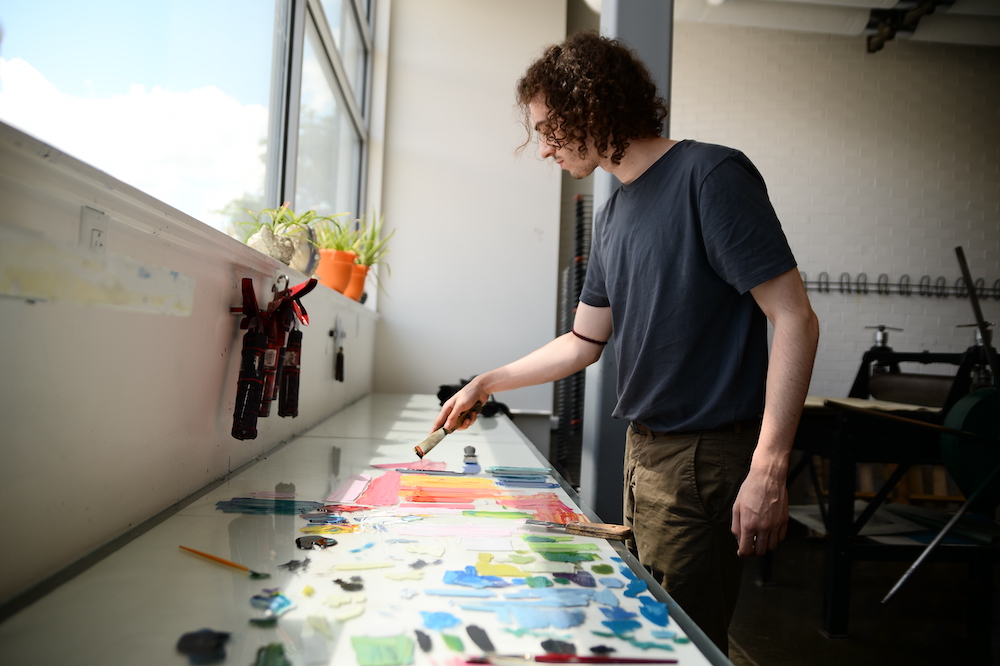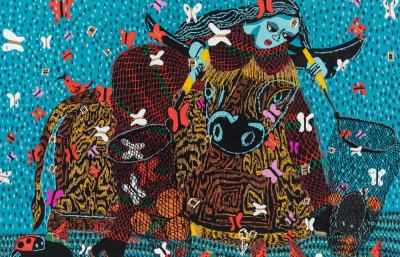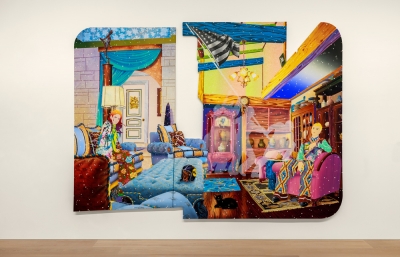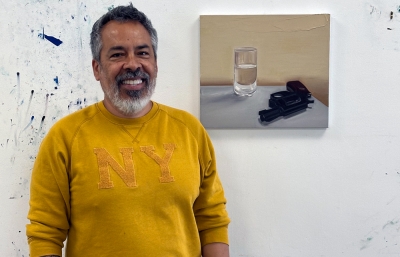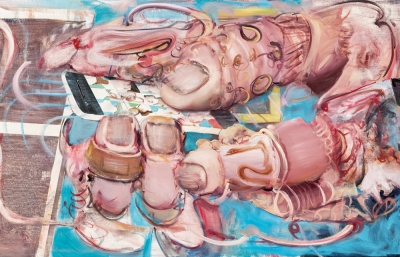If you don’t regard Ohio as a trendsetter, keep in mind that it’s known as the Swing and Bellwether State, so, as we seek direction, let’s look beyond the Coasts and consider Kent State University. Boasting coursework from Italy to India, while bearing both an Eastern and Midwestern presence, it’s a good place to gauge the current mood of college and learning. During the spring, we spoke with a young, Latinx professor, J. Leigh Garcia, herself a working artist, who spoke of the vitality and tradition of printmaking, including its innate ability to bring people together. It was heartening to learn of her commitment: “I push my students to reach their full potential... during a pandemic, supporting them on a personal level,” and how, as an artist, she chooses to be, “involved in activism surrounding racial inequality and undocumented immigration.” Garcia spoke of KSU’s “strong sense of political awareness, activism and support of free speech on campus,” and the school’s fervent passion to respect and honor history.

Approaching fall and classes scheduled to resume, Garcia is encouraged that mid/post-covid plans for the coming semester will encourage a hybrid teaching formula open to in-person, hands-on, small-scale studio sessions to buttress remote demonstrations and lectures. And she’s energized to participate in Kent State’s political legacy. “The recent events involving police brutality and the Black Lives Matter Movement have reaffirmed my dedication to instilling anti-racism in the classroom. I’ve spent the past month, as many educators have, listening to Black educators’ and students’ experiences, researching institutionalized racism, and self-reflecting on ways in which I contribute to this system and can help change it. For me, this means re-evaluating my teaching methods to ensure they are equitable and paying close attention to the artists and artwork I share with my students to ensure inclusion of diverse perspectives.”
Back in late May, when Leigh spoke of the challenges of making art while sheltering in place, without the luxury of “fancy carving tools” and expensive presses, she also described teaching her students about the more accessible, analog methods she learned from her professors, who also studied and handed down age-old techniques of printing. Refining, adapting and passing it on, teacher and practitioner to student and practitioner. Tremendous joys and challenges are on the horizon, and the arts as an ancient, evolving and unifying force will expand and brighten our world. —Gwynned Vitello

